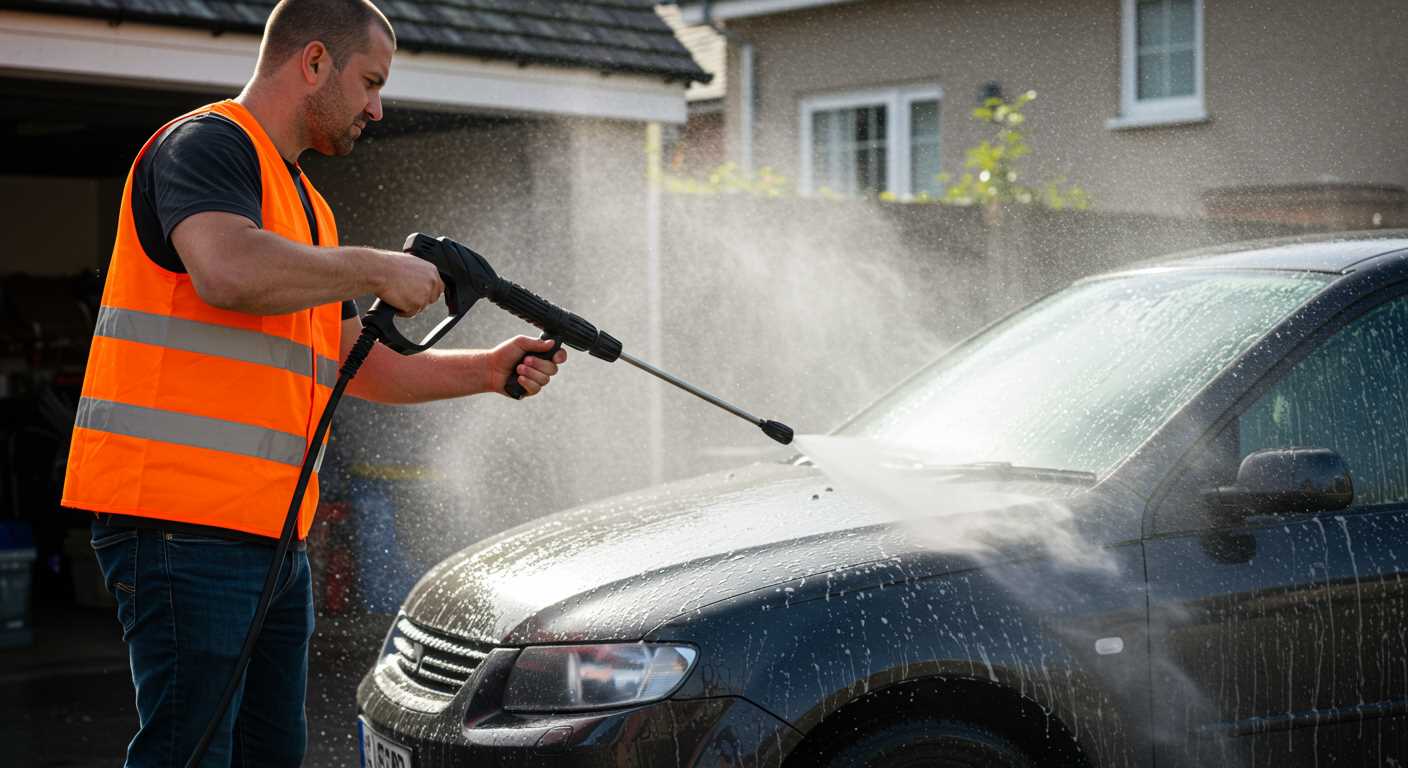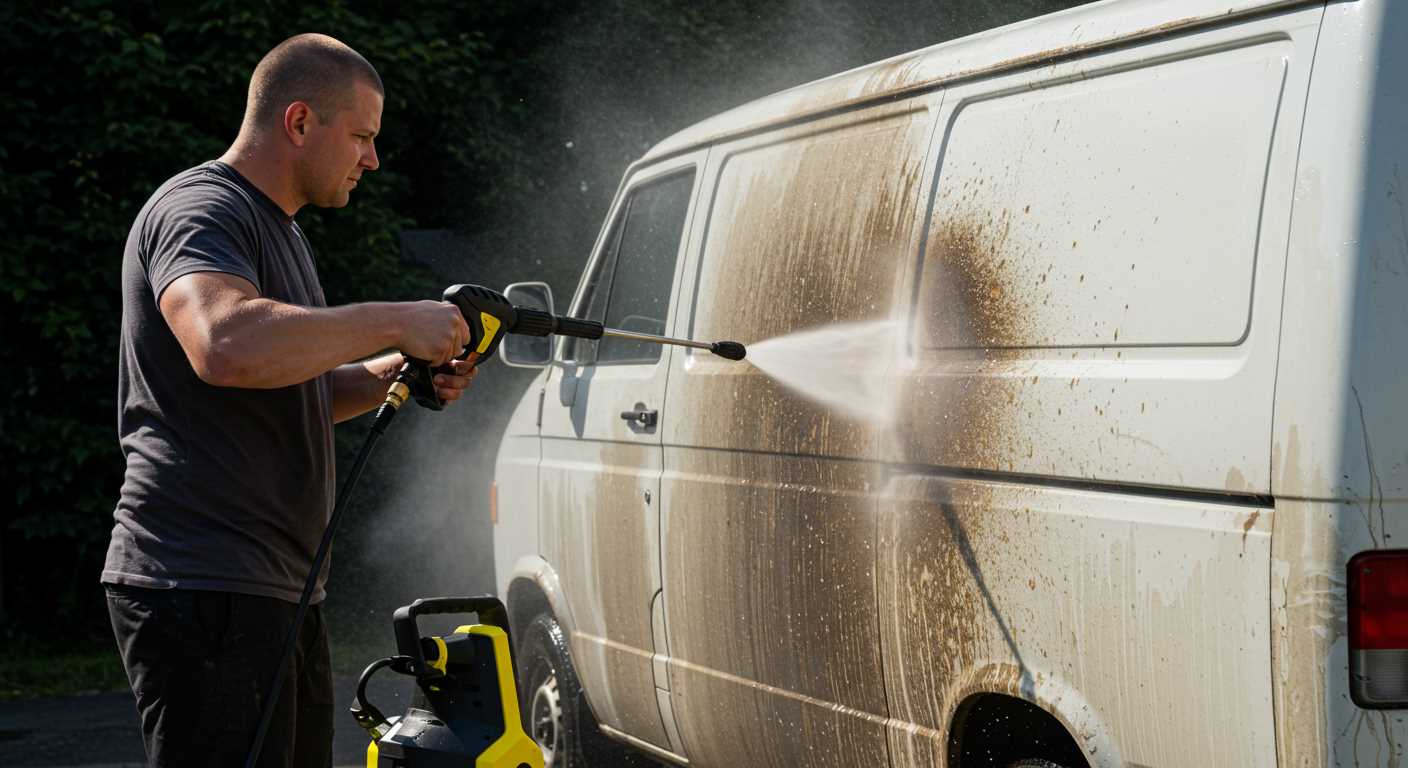



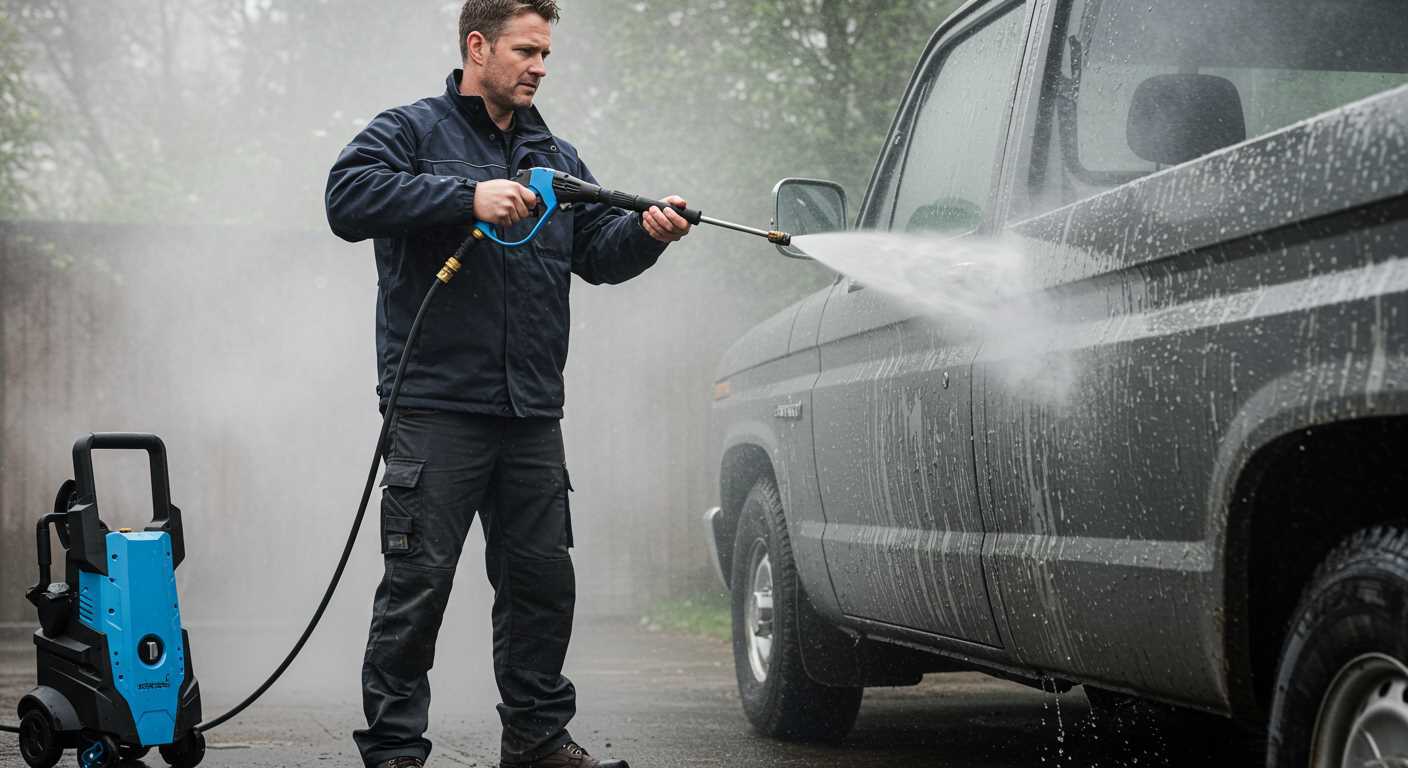
First, disconnect the device from the power source and any water supply to ensure safety. Next, check the inlet filter for blockages; even minor debris can halt functionality. A simple rinse under running water can often clear it. If that doesn’t resolve the issue, inspect the hoses for kinks or damage, as these can restrict water flow significantly.
In my experience, clearing the nozzle is often overlooked. A clogged nozzle can drastically reduce performance, so take a moment to remove it and clean it using a small wire or a toothpick. If the debris is stubborn, soaking it in vinegar can help dissolve any built-up grime. This little trick saved me countless hours on site.
Sometimes, the issue lies within the internal components. If you’re comfortable with disassembly, check the valves and seals for wear or dirt. Regular maintenance of these parts has always been a game changer for me, preventing more severe issues down the line. Remember, a clean machine performs better, extending its lifespan and saving you money in the long run.
Finally, after addressing these areas, reassemble everything and run a test. Keep an eye out for leaks or unusual sounds. If all seems well, you’re back in business. If you’re still facing problems, it may be time to consult a professional or refer to the manufacturer’s guidelines for more complex troubleshooting.
Steps to Clear a Clogged High-Pressure System
First, disconnect the device from the power source and water supply. Safety is paramount here–always ensure you’re working with a deactivated unit. Next, remove the inlet filter located at the base where the water enters. Often, debris accumulates here. Clean it thoroughly under running water; a soft brush can help dislodge stubborn particles.
Inspecting and Cleaning the Hose
Examine the hose for any kinks or blockages. A bent hose can restrict flow significantly. If you spot any obstructions, use a long, flexible object to gently push through the hose. Flushing it out with water can also be effective; just ensure you’re aiming the water away from yourself and any sensitive areas.
Checking the Nozzle and Spray Gun
Remove the nozzle from the spray gun and inspect it for clogs. A needle or a thin wire can be used to clear out any blockages in the nozzle. After that, test the spray gun separately to see if water flows freely. If not, it may require further investigation or replacement.
If the issue persists, consider checking the internal components. Disassemble the unit carefully according to the manufacturer’s manual. Look for any signs of wear or damage inside. Cleaning out the internal passages with compressed air may also help clear out any hidden debris.
Finally, reassemble the system, ensuring all parts are tightly secured. Reconnect to the water supply and power, and run a test to see if flow has returned to normal. If not, professional assistance may be required to address more complex issues.
Identifying the Signs of a Clogged Pump
One of the first indicators of a blockage in the water delivery system is a noticeable drop in flow rate. If you notice that the output pressure is weak or inconsistent, it’s time to investigate further.
- Strange Noises: Unusual sounds like grinding or sputtering can signal internal issues that may stem from a blockage.
- Unusual Vibrations: If the machine vibrates excessively while in operation, it may be struggling due to an obstruction.
- Water Leakage: Check for leaks around the connections; this could indicate pressure irregularities caused by a buildup somewhere in the system.
- Increased Operation Time: If it takes longer to achieve the desired cleaning results, it’s a red flag that flow is restricted.
- Overheating: A machine that runs hotter than usual may be working harder to push water through a restricted path.
Keep an eye out for these signs, as they can save you from more extensive repairs down the line. If you’re in need of an accessory to enhance your cleaning efficiency, consider investing in a commercial surface cleaner for pressure washer. It could help in maintaining optimal performance and prevent future clogs.
Safety Precautions Before Starting the Unclogging Process
Always disconnect the equipment from the power source before attempting any maintenance. This simple step can prevent accidental activation, which can lead to injuries. I’ve seen it happen too often; one moment of inattention can result in serious harm.
Protective Gear
Wear appropriate protective gear. Safety goggles shield your eyes from debris and high-pressure water jets. A pair of sturdy gloves protects your hands from sharp objects and hot surfaces. I once neglected this step and ended up with a nasty cut while clearing a blockage.
Work Area Preparation
Ensure your workspace is clean and free from obstructions. A cluttered environment increases the risk of accidents. Make sure to have all necessary tools at hand before starting. I’ve learned the hard way that saving time by gathering tools mid-task often leads to mishaps.
| Safety Measure | Description |
|---|---|
| Disconnect Power | Always unplug the device to avoid accidental activation. |
| Wear Protective Gear | Goggles and gloves are essential to prevent injuries from debris and high-pressure water. |
| Clear Workspace | Ensure the area is tidy to reduce the risk of tripping or accidents. |
| Check for Leaks | Inspect hoses and connections for any signs of wear or damage. |
| Read the Manual | Familiarise yourself with the manufacturer’s instructions for safe handling. |
Finally, always have a first aid kit nearby. Accidents can happen, and being prepared can make all the difference. I’ve had to use mine more than once in the field. Stay safe and work smart.
Tools Needed for Unclogging a Pressure Washer Pump
For this task, gather a few specific tools to make the process smoother. First, a set of wrenches is crucial for loosening any fittings that may be stuck. I remember one time struggling with a stubborn connection until I found my adjustable wrench, which did the trick.
Next, screwdrivers in both flathead and Phillips styles will help remove any covers or panels. Having a bucket handy is essential for collecting any residual water or debris that may spill during the process. I’ve learned the hard way that keeping the workspace tidy saves time and prevents slips.
A garden hose is useful for flushing out the system once you’ve accessed the interior components. It’s a straightforward method that I’ve often relied on. Additionally, consider having a toothbrush or a small cleaning brush on hand. Those tiny bristles can reach areas that you wouldn’t think need attention but often do.
Lastly, a flashlight can be invaluable for inspecting dark corners of the equipment. I recall finding a blockage in one unit simply because I had the right light to see what was going on. Having these tools ready will streamline your efforts and ensure a more efficient resolution to any issues encountered.
Step-by-Step Guide to Disassemble the Pump
Begin by disconnecting the unit from the power source. Always prioritise safety before any maintenance work.
- Remove the outer casing. Most models have screws or clips holding it in place. Use a screwdriver or appropriate tool to detach these.
- Locate the inlet and outlet connections. Carefully unscrew these fittings, ensuring you don’t damage any threads or seals, as replacements can be difficult to find.
- Take note of how the components are arranged. It’s wise to take pictures or make sketches for reference during reassembly.
- Gently lift the housing off the motor. This part can be a bit tricky; if it feels stuck, check for any remaining screws or clips.
- Inspect the seals and gaskets. If they appear worn or cracked, it’s best to replace them to prevent future leaks.
- Remove the rotor assembly. This usually involves unscrewing a retaining nut or bolt that holds it in position. Use caution to avoid dropping any small parts.
- Clean the interior components thoroughly. I’ve found that a soft brush and warm soapy water work wonders. Avoid using harsh chemicals that might damage the materials.
- Check for blockages or debris within the chamber. A small flashlight can help illuminate hard-to-reach areas.
- Reassemble in reverse order, ensuring all screws and connections are tightened securely. Take your time; rushing this step can lead to mistakes.
Throughout my time in the industry, I’ve seen many units suffer from improper assembly. Always double-check your work before powering the unit back on.
Cleaning Techniques for Removing Blockages
One of the most effective methods for clearing debris involves using a mixture of warm water and a mild detergent. This solution can help dissolve stubborn residues. Pour the mixture into the inlet of the device, then run it for a few minutes. The warm water loosens the buildup while the detergent breaks down grease and grime.
Another technique I’ve found useful is utilizing a soft-bristle brush to dislodge any visible blockages in the intake screen or nozzle. Be gentle to avoid damaging any components. After brushing, rinse with clean water to ensure all particles are removed.
Utilising Compressed Air
When dealing with more stubborn clogs, compressed air can be your best friend. Blow air through the inlet and outlet ports to force out any trapped debris. Be cautious with the pressure; excessive force might damage sensitive parts. I once cleared a particularly tricky obstruction this way and it worked wonders. Just make sure to wear safety goggles to protect your eyes from any debris that may be dislodged.
Flushing the System
A thorough flushing can also be beneficial for clearing blockages. Disconnect the water supply and run the unit to expel any remaining water. Then, reconnect the supply and let the water flow through at full pressure for a few minutes. This method flushes out any residual particles that may be causing issues.
Always remember to check the manufacturer’s guidelines for specific recommendations tailored to your model. If you need insights on other topics, you might find this link helpful: how to can carrots without a pressure cooker. It’s a good reminder that sometimes, the simplest solutions yield the best results.
Reassembling the Pump and Testing for Proper Function
After successfully clearing the blockages, it’s crucial to reassemble the components correctly to ensure optimal performance. I recommend starting with a clean, dry workspace, which makes it easier to manage small parts and avoid losing anything important.
Reassembly Steps
Begin by aligning the parts in the order you removed them. This often helps to avoid mistakes. Apply a thin layer of lubricant to the O-rings and seals before fitting them back into place; this ensures a tight seal and helps prevent leaks. Carefully position the components, making sure not to force anything into place.
Once everything is aligned, secure the housing screws evenly. I’ve seen many cases where uneven tightening leads to misalignment or leaks, so it’s best to work in a criss-cross pattern to distribute the pressure evenly.
Testing for Functionality
After reassembly, reconnect the water source and power supply. Check all connections for leaks before starting the unit. It’s always wise to run the machine at low pressure initially. Observe for any unusual noises or vibrations, which could indicate improper assembly or residual blockages.
I recall a time when I rushed through the testing phase, only to discover a small piece of debris still lodged in the inlet. It caused a significant issue during operation, leading to further disassembly. Take your time here; it’s worth the effort.
Once the machine is running smoothly at low pressure, gradually increase to normal operating levels, watching for consistent spray patterns and ensuring the cleaning capability meets your expectations. If all seems well, you’ve successfully restored your equipment!
Remember, regular maintenance and checks will help prevent future issues, saving both time and effort in the long run.
FAQ:
What are the common causes of a clogged pressure washer pump?
A clogged pressure washer pump can be caused by several factors. One of the most frequent issues is dirt or debris entering the pump, often from the water supply. Mineral deposits can also accumulate over time, particularly if hard water is used. Additionally, using the wrong detergent or too much soap can create residue that clogs the system. Regular maintenance, including cleaning filters and checking hoses, can help prevent these problems.
How can I tell if my pressure washer pump is clogged?
There are a few signs that indicate a clogged pressure washer pump. If you notice a significant drop in pressure while using the washer, or if the machine makes unusual noises, it could be a sign of a blockage. Additionally, water may not flow at all, or it may come out in spurts. If you suspect a clog, it’s important to inspect the machine and its components for blockages.
What tools do I need to unclog a pressure washer pump?
To unclog a pressure washer pump, you will typically need a few basic tools. These may include a wrench or socket set for removing parts, a screwdriver for accessing internal components, and a soft brush or cloth for cleaning. A garden hose can also be useful for flushing out the pump and lines. In some cases, a small wire or pipe cleaner may help dislodge stubborn debris. Always refer to your pressure washer’s manual for specific recommendations.
Can I unclog the pump myself, or should I hire a professional?
Many homeowners can unclog a pressure washer pump themselves if they are comfortable with basic mechanical tasks. If you follow the manufacturer’s guidelines and take necessary safety precautions, it can be a straightforward process. However, if you encounter significant issues or are unsure about how to proceed, it may be wise to consult a professional. They have the expertise to diagnose and fix problems efficiently, potentially saving you time and further complications.
What preventive measures can I take to avoid clogging the pressure washer pump?
To prevent clogging of the pressure washer pump, there are several measures you can implement. First, always use clean water and check for any debris before connecting your hose. Regularly inspect and clean the filter to ensure it’s not blocked. Using the correct type and amount of detergent is also crucial, as excessive soap can lead to residue build-up. Finally, conducting routine maintenance, such as checking hoses and connections, will help keep your pressure washer in good working order and reduce the risk of clogs.

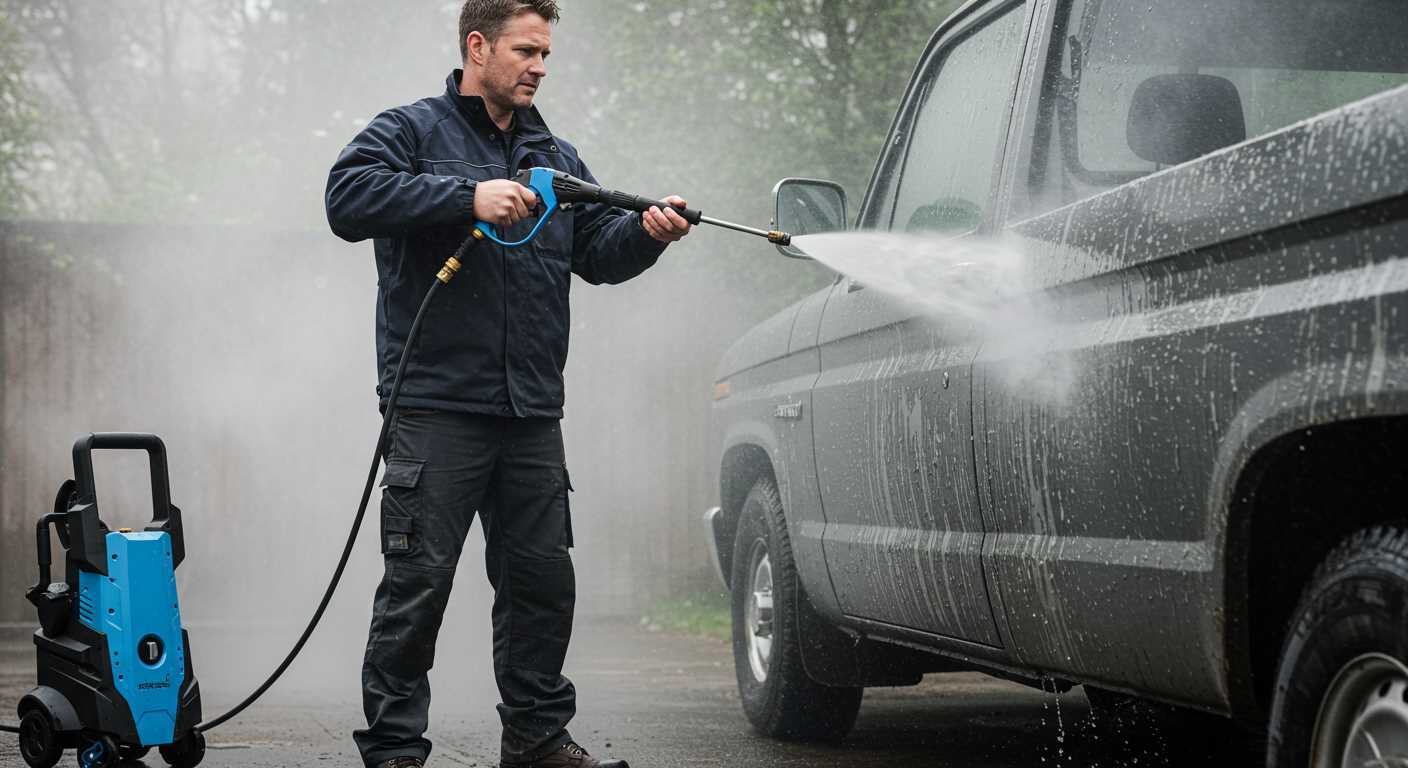

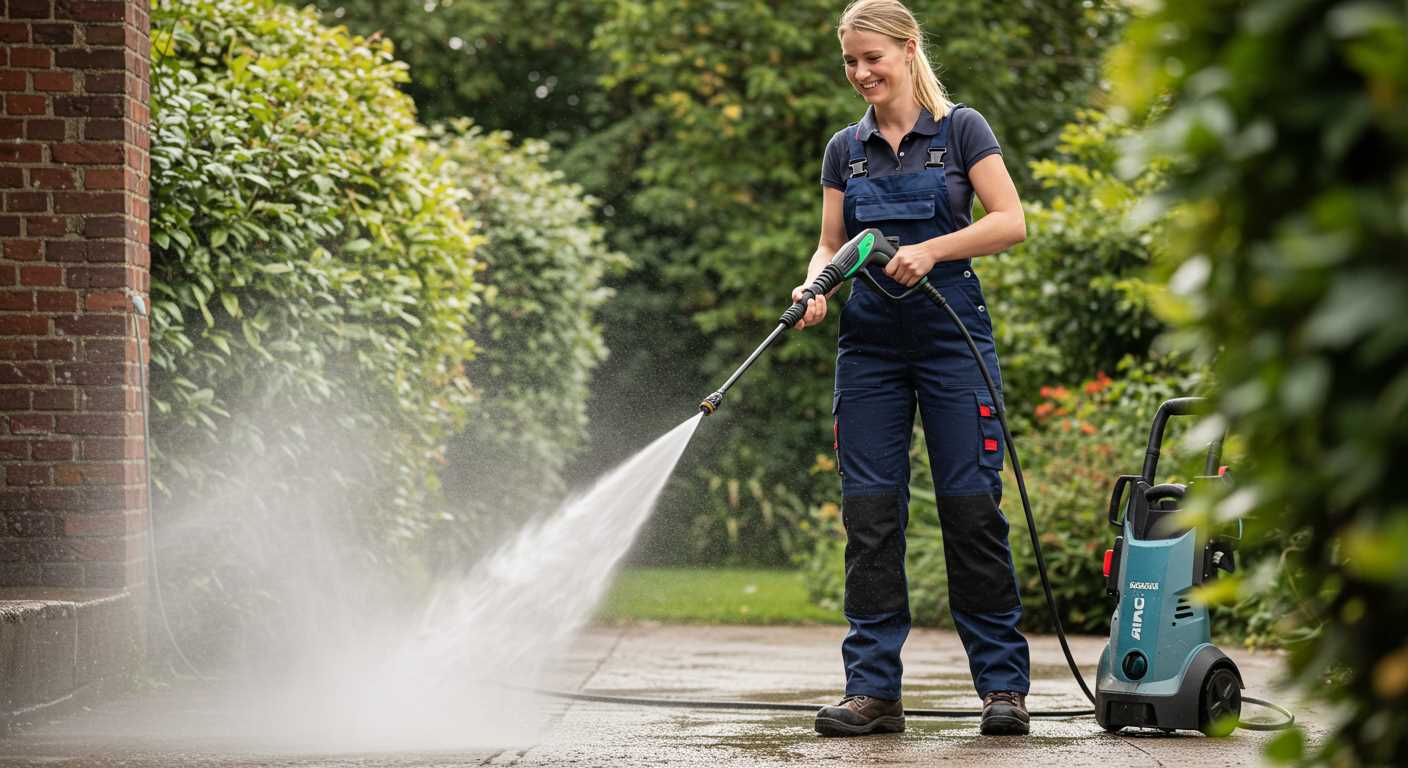
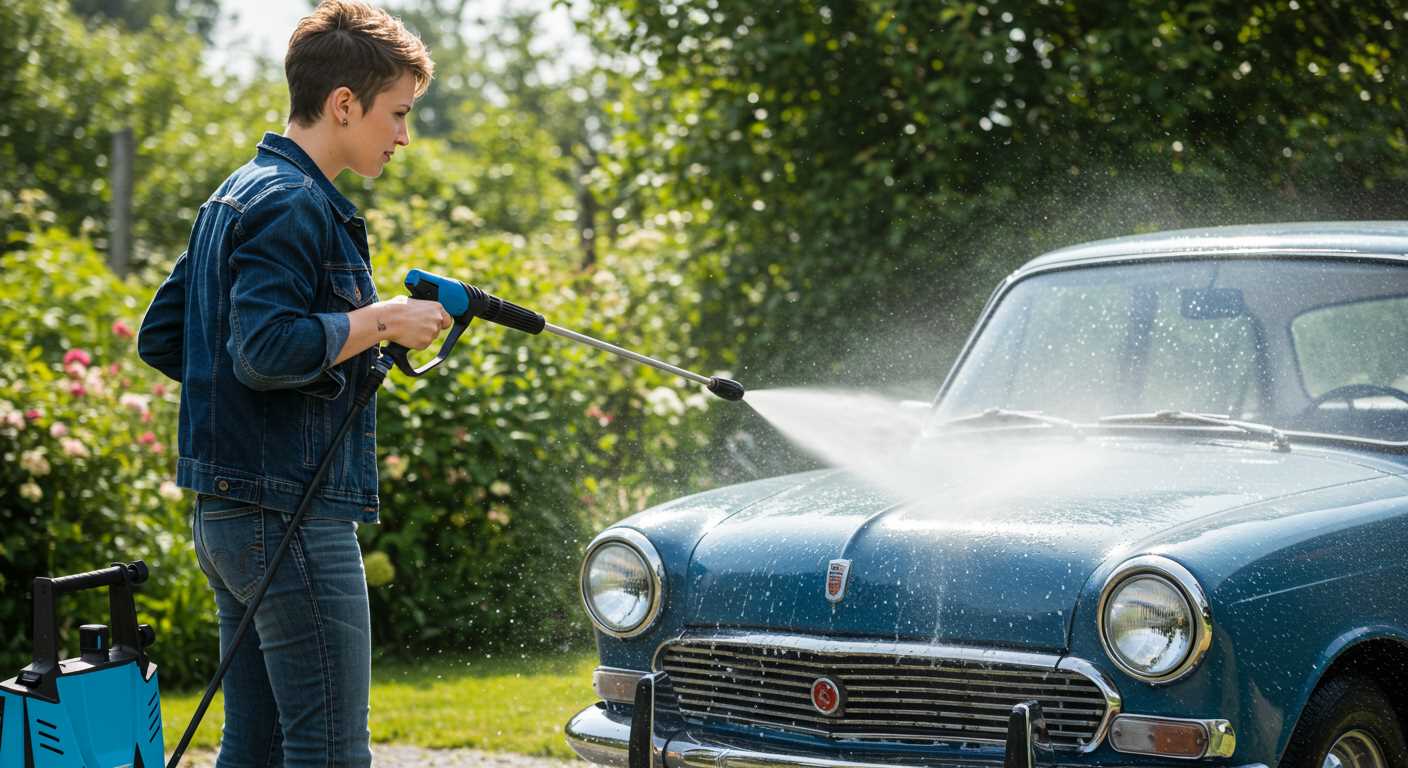
.jpg)
